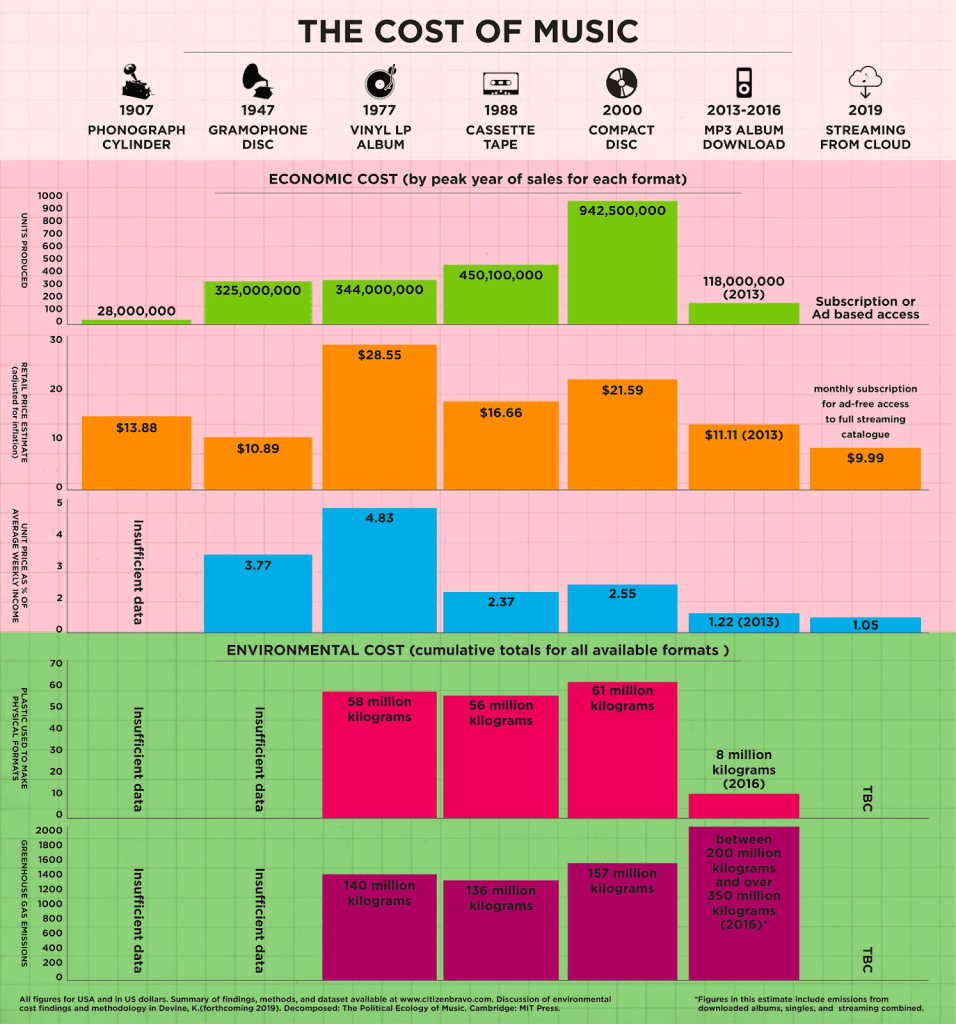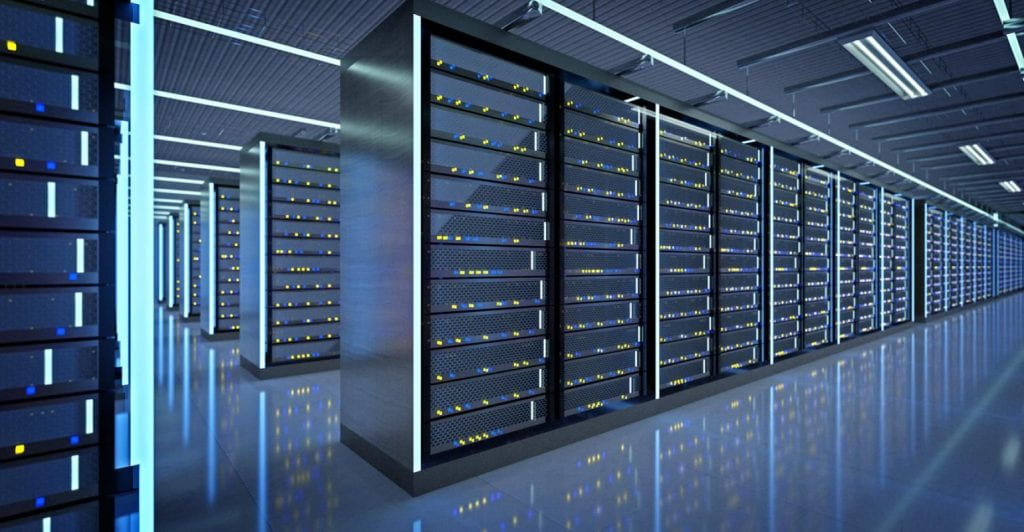The Cost of Streaming: Data Centers and Their Environmental Impact
Although people are becoming increasingly aware of the environmental impacts of the energy that they use, many still remain ignorant of the energy that is used to power the internet. While the internet is an increasingly significant part of our routines, it is understandable how the internet’s never-ending nature and the power needed to run it are difficult to wrap your head around. The notion that the internet is immaterial changes the way that we look at it– often perceiving it as less of a threat than something like burning fossil fuels. In reality, data centers that power the internet and many streaming services are responsible for roughly 3% of the world’s greenhouse gas emissions, which is comparable to the airline industry. This perceived innocence of the internet changes the way that consumers think about their energy consumption, taking streaming for granted and using services more than is necessary. This not only produces further emissions and wastes energy, but it contributes to the growing culture of wastefulness when it comes to energy use in modern society.

Figure 1: Graph of CO2 emissions generated by different sectors, showing that pollution from data centers is comparable with the airline industry, if not slightly more pollutive. Light blue portion of the graph represents margin of error, since many data centers are not 100% transparent about their pollution data.
When thinking about my personal internet use and what apps use the most data on my phone, Spotify and comparable music streaming services are the first thing to come to mind. It may be intuitive to think that as consumers shift away from listening to records and CDs– things made largely from plastic and vinyl– that the overall carbon footprint of the music industry would decrease. The reality is that as streaming services become more prevalent, people are listening to more music, and from a larger variety of artists, than ever before. This has caused a sharp increase in the greenhouse gas emissions of the music industry– rising from 346 million lbs carbon per year in the 2000s to an estimated 440-771 million lbs of carbon into the atmosphere each year in the present day. It has been found that if you plan to listen to an album more than 27 times, it would be more environmentally friendly to purchase it on vinyl, because 27 streams takes roughly the same amount of energy that producing a record takes. With this being said, it is important to investigate how streaming has changed the way that we listen to music, and if it is realistic to expect someone to listen to an album 27 times before they inevitably get bored and switch to another one of the millions of albums on Spotify.

Figure 2. Graph comparing the economic and environmental costs of different music media.
A similar situation is encountered when we investigate television streaming services like Netflix, Hulu, and Amazon Prime Video, just to name a few. The data centers that power these services require the capacity to house massive amounts of data. When investigating one of the most popular television streaming services, Netflix, it was found that the service uses more energy than many countries– about the equivalent of all of the energy in Bulgaria.
Let’s take a closer look at where this energy comes from and how it affects our environment. As I have touched on previously, internet streaming services are powered by data centers, which are essentially rooms full of computers that look not unlike something you would see in a sci-fi movie. These data centers are located around the globe and are integral to our internet system. The carbon footprint of a data center is measured by three factors: electricity consumption (to run the servers), water consumption (to cool the servers) and the lifetime of the equipment (which affects how often the equipment needs to be replaced.)
The electricity consumption of a data center is measured in Power Usage Effectiveness, or PUE, which evaluates how much of the power used by the data center is actually used to power the computers. A perfectly efficient data center would have a PUE score of 1, but the best data centers in the world have scores around 1.2. Of course, the kind of energy that is being used to power the data center greatly impacts the carbon footprint of the individual data center, and though there is a growing trend towards renewable energy to power data centers, most of them are still powered using non-renewable sources.
When it comes to water consumption, the situation looks even more bleak. Not only do data centers use extremely high amounts of water– up to millions of gallons of water per day, or 0.74 liters per GB of data– the water that is used is then turned into wastewater that must be sent to a wastewater treatment plant, which requires even more energy to operate. Many data centers are not very transparent about their water use, which suggests that this is an area where change is necessary.
The lifetime of the equipment is also a factor that can contribute to emissions spikes, which generally happen every 3-5 years when servers need to be replaced. With that being said, newer technologies are often more efficient, which makes a big difference when working with this large quantity of data.
 Source: Data Center Knowledge
Source: Data Center Knowledge
Data centers are allowing people to stream more music and movies, and at a lower monetary cost, than ever before, and it is important to reflect on how the unlimited and instantaneous nature of many internet services affects the way that we behave as consumers. Knowing the environmental impacts of data centers and how intertwined they are with our streaming habits, I hope that you are inspired to think more critically about the way that you stream.
Of course, I am not telling you to cancel your music and movie streaming subscriptions and live the rest of your life in silence and humming, but I do think it is important to reflect on how you think about your consumption habits, especially in relation to services with “unlimited” choices. Consider turning off your movie when you are not fully watching it, or unsubscribing from streaming services that you do not use often. Downloading content that you plan on listening to or watching often is another good way to reduce your energy use. Simple changes like this can help change your habits to fight the growing consumer culture of energy wastefulness, as well as help you live a more present life.
Sources:
https://brightly.eco/blog/environmental-impact-streaming
https://www.rollingstone.com/music/music-features/environmental-impact-streaming-music-835220/
https://geobitmine.com/how-much-energy-is-used-for-streaming-services-like-netflix-hulu-spotify/
https://www.climatiq.io/blog/measure-greenhouse-gas-emissions-carbon-data-centres-cloud-computing


